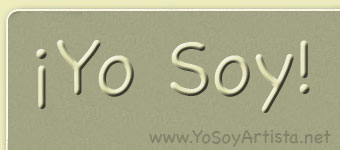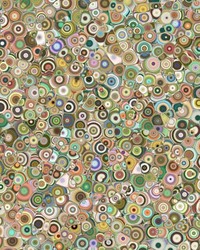
Dripsody
Hugh Le Caine (May 27, 1914 – July 3, 1977) was a Canadian physicist, composer, and instrument builder.
Le Caine was brought up in Port Arthur (now Thunder Bay) in northwestern Ontario. After completing his Master of Science degree from Queen's University in 1939, Le Caine was awarded a National Research Council of Canada (NRC) fellowship to  continue his work on atomic physics measuring devices at Queen's. He worked with the NRC in Ottawa from 1940 to 1974. During World War II, he assisted in the development of the first radar systems. On an NRC grant he studied nuclear physics from 1948 to 1952 in England.
continue his work on atomic physics measuring devices at Queen's. He worked with the NRC in Ottawa from 1940 to 1974. During World War II, he assisted in the development of the first radar systems. On an NRC grant he studied nuclear physics from 1948 to 1952 in England.
At home he pursued a life-long interest in electronic music and sound generation. In 1937, Le Caine designed an electronic free reed organ, and in the mid 1940s, he built the Electronic Sackbut, now recognised to be one of the first synthesizers. After the success of public demonstrations of his instruments, he was permitted to move his musical activities to the NRC and to work on them full time in 1954. Over the next twenty years, he built over twenty-two different new instruments.

Between 1955 and his retirement from the NRC in 1973, Le Caine produced at least fifteen electroacoustical compositions and created a score of new devices and also presented his ideas and inventions to learned bodies and the general public. But while Le Caine did get excellent responses from both the learned bodies and the public, he did not get a satisfactory response from industry. Fortunately, a few people did eventually come into Le Caine's life to make him feel his efforts were of some value. One of these people was Israeli composer Josef Tal. In the summer of 1958, Tal had travelled to Ottawa under a Unesco grant to visit major electronic music studios. Tal grew very excited about the instruments that Le Caine had built, but he did not realize what this meant to Le Caine until the next day while Le Caine, Tal, and several technicians were having lunch in a small restaurant. Tal noticed that, not only had Le Caine been rather silent on this day, but on close inspection at the table, Le Caine had tears running down his cheeks and falling silently into his soup. When an opportunity arose, Tal delicately asked one of the technicians about this and was told that Le Caine had felt no composer in Canada had a use for his instruments and that Tal was the first composer who had shown any interest in his work.[1]
In 1962 Le Caine arrived in Jerusalem to install his Creative Tape Recorder in the Centre for Electronic Music in Israel, established by Josef Tal.[2] Le Caine also collaborated in the development of pioneering electronic music studios at the University of Toronto in 1959 and at McGill University in 1964.
He was married to Trudi Le Caine, a notable supporter of the arts in Ottawa.
Though his composition output was small, Le Caine is remembered as one of the great pioneer composers of musique concrète, his best known work being Dripsody (1955), a piece of musique concrète based on the sound of a single drop of water that is permuted and contorted into a chorus of sounds.
Hugh Le Caine Nocturne
